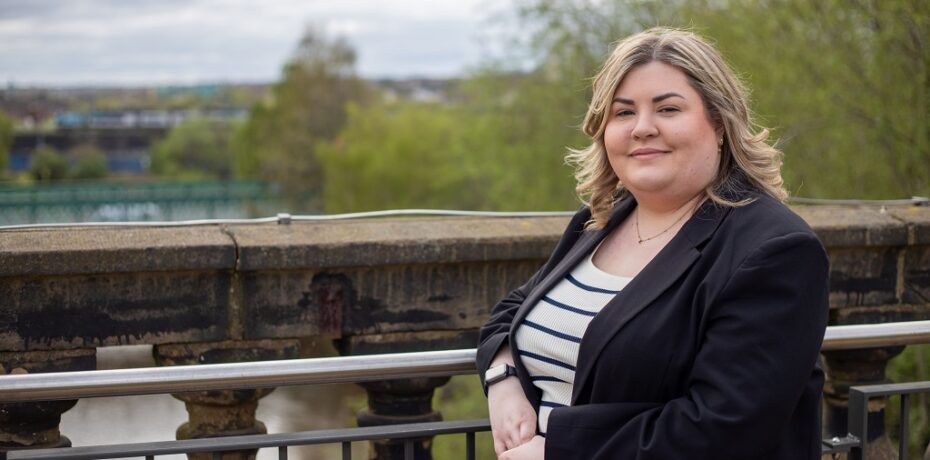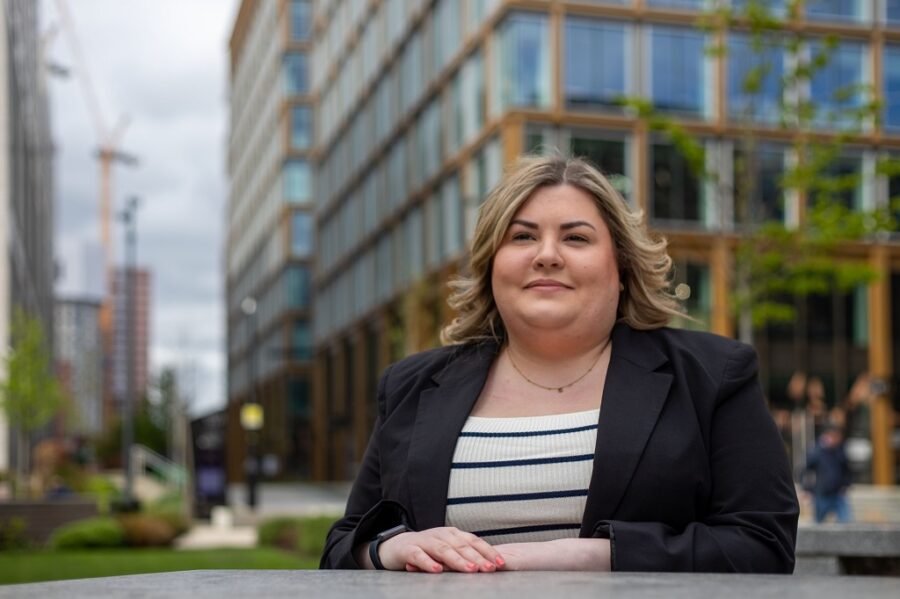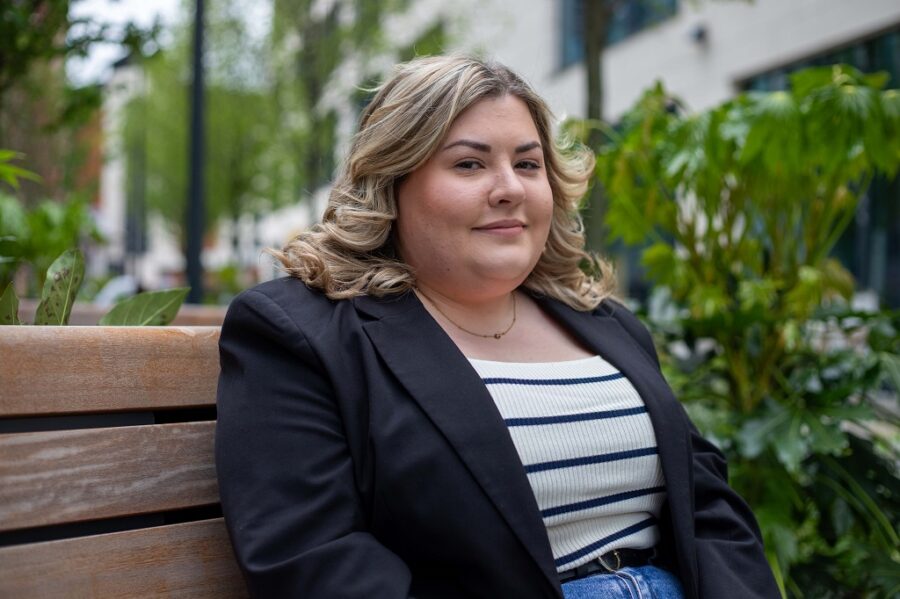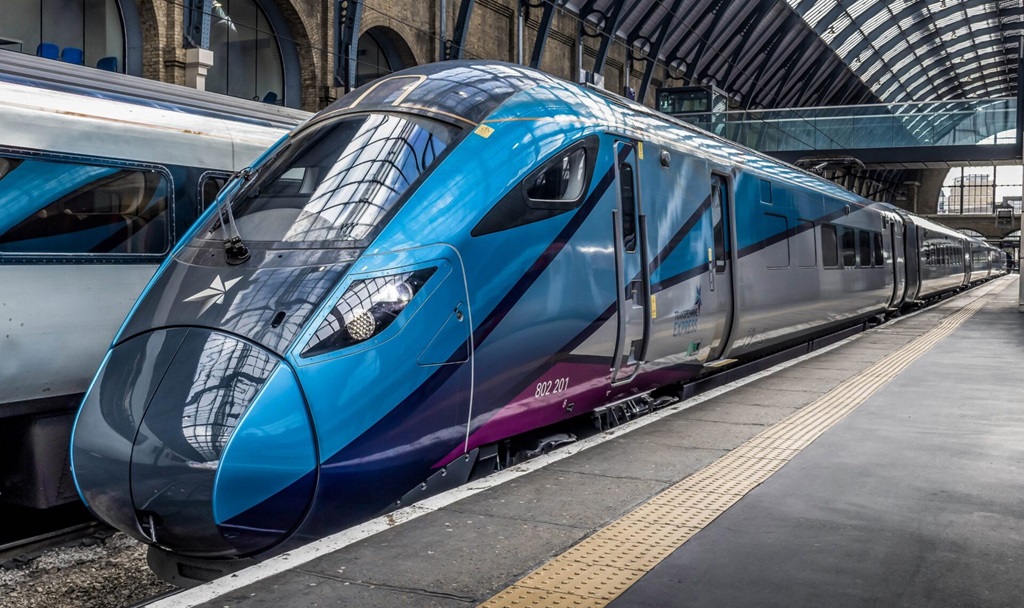Commentary
How do we progress sustainable transport?
For too long, our cities have been designed around cars, leaving pedestrians and cyclists feeling like afterthoughts. It’s time to flip the script, says Charlotte Best of Hydrock, now Stantec.
By putting people at the centre of design, we’re more likely to succeed with visions of perfectly in-tune spaces that encourage people to walk, talk, and connect. This social fabric is the lifeblood of a thriving community.
However, if I’m being honest, we’ve got a long way to go before sustainable and active travel, and the associated infrastructure, is embedded across communities. We’re even further away from consistently providing access to good travel options to meet the needs of all quarters of society. Local authorities regularly get caught up in planning situations that create isolated housing developments, devoid of shops or community hubs.
Whilst there’s been extra emphasis at a national level on the importance of planning for sustainable transport and developing innovative policies to reduce car dependency since publishing Circular 01/2022, the national guidance provides limited information on how these policies should be developed and what they should include. In particular, there remains a lack of specificity around the actions and measures across new developments to support sustainable travel.
Don’t get me wrong, there are a lot of really positive sustainable and active travel schemes coming forward in Yorkshire and elsewhere. But, where the infrastructure is already in place, has enough thought truly been put in to ensure it’s designed around people from all walks of life?
When it comes to travel, moving away from a culture of single occupancy car use is essential to fostering more connected communities, but it’s also a challenge. Disadvantaged communities cut off from good transport links often face a double- or even triple-bind. Limited funding for public transport can make access to reliable public transport difficult, and lack of investment in sustainable infrastructure (walking, cycling routes, electric vehicle charging infrastructure) make choosing to travel sustainably almost certainly a non-starter.
This lack of choice can lead to a loss of independence, or simply confines residents to car dependence, limiting their ability to travel sustainably and, as fuel costs soar, potentially increasing their outgoings.
Think about gender roles too. Time pressures from work or childcare can make sustainable options like cycling difficult to manage. Additionally, safety concerns can be a barrier, especially for women and vulnerable people. Fearing harassment, they might choose routes based on safety rather than efficiency, limiting their sustainable travel options.
The same goes for public transport, which is often tailored to optimise longer distance, work commutes during peak hours. This creates a situation where some groups are less likely to experience the benefits of travel, while also facing limited access to sustainable options.
As a sustainable transport planner, I’m passionate about creating places that work for everyone. Contrary to what some think, the impact I have goes beyond reducing traffic jams (although that’s a welcome bonus). It’s a role that’s at the heart of helping developers, funders and local authorities foster places with a sense of belonging, where everyone feels safe and empowered to move around freely.
People-centric design means creating spaces that cater to a diverse range of abilities and ages. Think wide bike lanes protected from traffic, encouraging a healthy and fun way to get around, and facilities to support active travel users once they’ve reached their destination. Or this could look like accessible pavements with lowered curbs, tactile paving for people who are visually impaired, and plenty of benches for those who want to take a break and watch the world pass by.
Even for communities not fully connected, more sustainable alternatives, such as Park & Ride, offer individuals a cheaper and more convenient way of travelling into towns and cities, without the hassle of city centre congestion or the cost of parking.
The benefits of doing the right thing add to a healthier built environment: cleaner air, less noise pollution — it all feeds into more vibrant, welcoming places to live, work and play. Let’s not forget the economic benefits either, as local businesses thrive when people can easily walk or cycle to them.
Paired with providing the right infrastructure at construction, implementing a long-term strategy to influence and encourage people to use alternatives to cars is key.
We’ve seen the power of this with one of my favourite projects -an ongoing role supporting sustainable investment funder, Federated Hermes, on Wellington Place, to implement its Travel Plan. When fully complete, the community will see in excess of 16,000 people living and working there.
Since building began at Wellington Place back in 2007, sustainability has been at the forefront of the design.
Our client is always looking for new ways to reduce environmental impact and enrich the community — from embracing zero carbon technology through building design to providing greener travel incentives including discounted public transport options, personalised travel support, free bike hire, wayfinding, and active travel facilities. Wellington Place have been recognised as a Gold Bike Friendly Business and Walk Friendly Workplace.
From lobbying for Park & Ride route improvements, to providing real-time information screens and funding cycling infrastructure, Wellington Place has significantly improved travel for those working at and visiting the site.
Both developers and local authorities have the opportunity to lobby for this type of support for sustainable transport to be the norm, through considering how new developments can facilitate sustainable travel options, not hinder them.
We have a shared responsibility across the industry for reducing our own environmental impact, and we need to be lobbying local governments to secure sustainable infrastructure which supports everyone to travel sustainably.
Looking towards the future, including plans for major new transport infrastructure in Leeds, I’d like to think that message holds the key to transforming it into a city that thrives on the power of its people.
- Charlotte Best is principal transport planner at Hydrock now Stantec, based in Leeds







